In the modern utility landscape, efficient data collection and management are key to maintaining operational effectiveness. Most utilities rely on either Advanced Metering Infrastructure (AMI) or Automated Meter Reading (AMR) systems, which are comprised of three primary components:
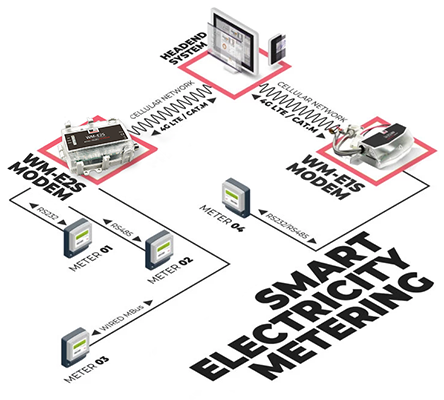
The role of each of these components is essential in the utility ecosystem, but current practices often bind utilities into costly, vendor-specific solutions that may not be adaptable to evolving technology or security concerns.
The Head-End System (HES) is crucial for managing data flow across a utility’s infrastructure. Its role extends across three key areas:
While the HES is vital for managing infrastructure, large meter manufacturers like Itron, Landis+Gyr, and Elster/Honeywell develop proprietary HES platforms, which, by default, are fully compatible only with their specific meters. If a utility wants to integrate meters from other manufacturers, the HES provider typically charges a high price for integration. This practice locks utilities into buying both the meters and the associated HES software from a single vendor, limiting flexibility and increasing costs.
Utilities managing a mixed fleet of meters from different manufacturers must purchase and maintain multiple HES licenses to operate effectively. This increases operational complexity and cost. Furthermore, many utilities integrate their HES with broader enterprise systems, such as SAP, to streamline billing and other business processes. However, managing multiple HES platforms adds a layer of complication and expense.
Another significant challenge faced by utilities is data security. Modern meters typically employ DLMS encryption to secure the transmission of consumption data. The decryption keys required to access this data are stored within the HES, creating a critical dependency on these systems for both operational control and data security.
Most modems used in smart metering systems are transparent modems, meaning they simply pass data through between the meter and the HES without holding or processing encryption keys themselves. These modems rely entirely on the HES for secure communication. This reliance, however, also introduces a vulnerability: if attackers manage to hack the APN (Access Point Name) of cheap, transparent modems—particularly those embedded in Chinese meters—they could potentially gain access to the utility’s entire IT infrastructure, leading to serious security breaches.
As a result, the HES not only manages data flow but also governs security, further entrenching utilities in these systems.
The landscape of smart metering is rapidly evolving, and utilities are beginning to feel constrained by the existing AMI/AMR solutions. Many utilities express dissatisfaction with the rigid, vendor-specific nature of their systems. The need to maintain compatibility with multiple HES platforms, combined with the high cost of software licenses, has led to frustration among utilities, particularly those operating large or diverse meter fleets.
Compounding this frustration, new entrants to the market—particularly Chinese manufacturers—are offering low-cost meters with embedded modems. While these devices are appealing from a financial standpoint, utilities are increasingly wary of the potential security risks. There is a widespread concern that these modems may contain hidden backdoors, allowing unauthorized access to the meter data. In an era where cybersecurity threats are growing, utilities are hesitant to expose their networks to potential vulnerabilities introduced by foreign hardware.
In light of these challenges, utilities are seeking a solution that provides greater flexibility, reduces costs, and enhances security. The ideal solution lies in a universal smart meter modem—one that can address both the operational inefficiencies and security risks inherent in the current systems.
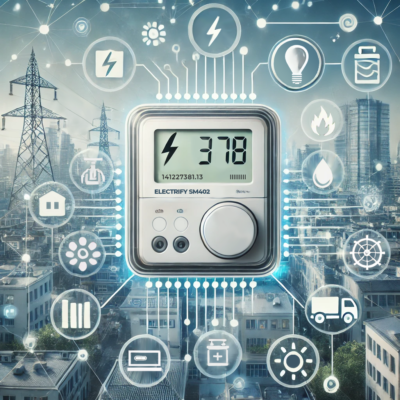
A universal modem could serve two essential functions:
Additionally, by leveraging a modem that holds the encryption keys, utilities could potentially eliminate the need for a dedicated HES altogether. These modems could transmit data directly to enterprise systems such as billing platforms, bypassing the HES and streamlining the data management process. This would not only cut costs but also simplify the overall system architecture, reducing the number of potential failure points and increasing the system’s resilience.
The smart metering landscape is at a turning point. Utilities, constrained by expensive, proprietary HES platforms and wary of emerging security risks, need a flexible and secure solution that can adapt to the changing technological and economic environment. A universal smart meter modem, capable of holding encryption keys and communicating directly with enterprise systems, offers a way forward.
By providing a cost-effective, highly secure, and flexible alternative, this modem would empower utilities to take control of their networks, free from vendor lock-in and security concerns. It represents a significant step toward future-proofing utility infrastructure, enabling them to operate more efficiently and securely in an increasingly interconnected world.

In the modern utility landscape, efficient data collection and management are key to maintaining operational effectiveness. Most utilities rely on […]
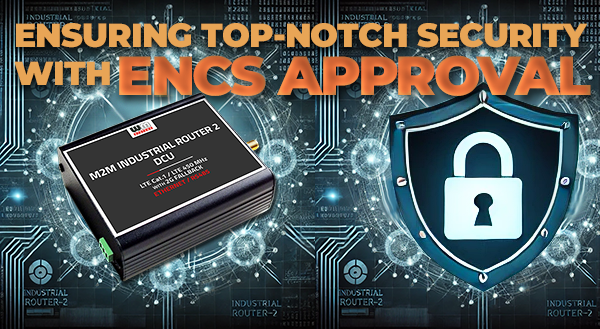
A Testament to Compliance with Key Cybersecurity Standards
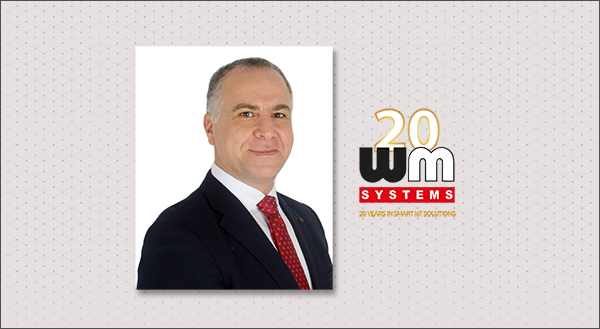
We are thrilled to announce that Ali Mouslmani has joined WM Systems as our new partner in the United Arab […]

Introduction In the rapidly evolving world of industrial automation and IoT, the demand for compact, versatile, and efficient communication solutions […]

Introduction The fourth industrial revolution, or Industry 4.0, is redefining the landscape of industrial operations. Key to this transformation is […]

The group of WM Systems LLc.

Solar plants and farms are complex systems with a variety of equipment that needs to be monitored and controlled. This […]

Industrial settings are replete with equipment that demands efficient connectivity solutions. With the rise of the Internet of Things (IoT) […]
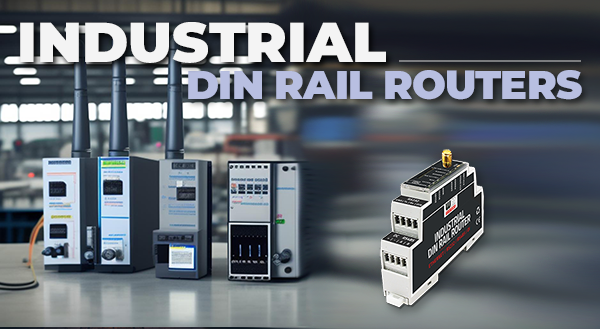
DIN-rail mountable industrial routers are an essential component of many industrial applications. They provide a reliable and secure way to […]
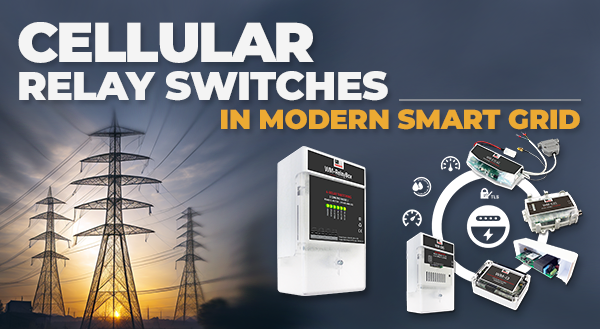
Make the modern smart grid more secure, resilient, and sustainable
